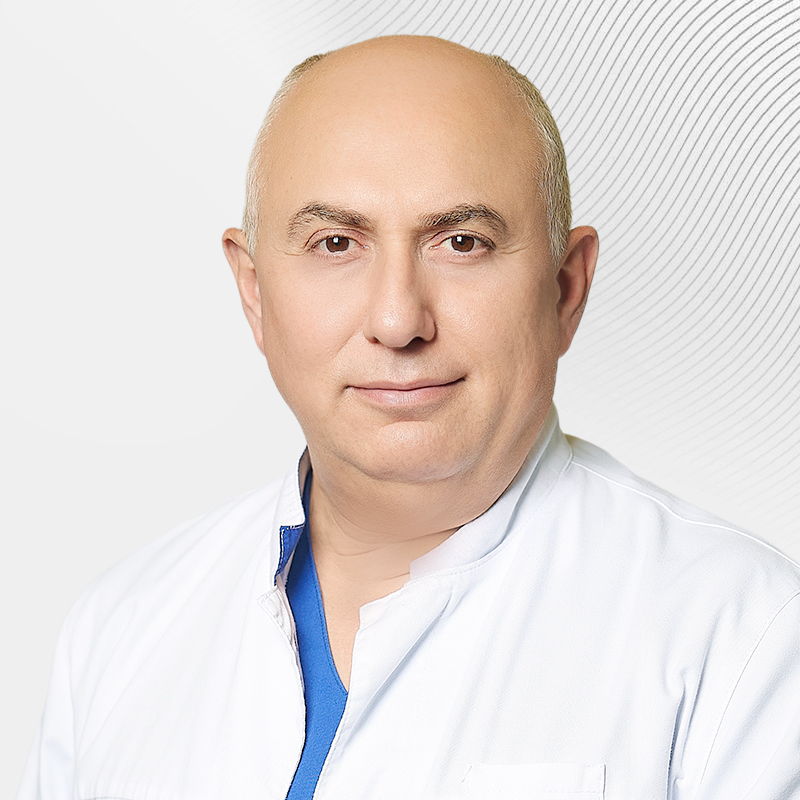Treatment of retinal diseases
The retina is the inner shell of the eyeball, lining the fundus. It consists of millions of light-sensitive cells that convert light stimuli into electrical micro-impulses. These impulses are transmitted along nerve fibers to the brain, where objects are decoded and transformed into visual images exactly as we see them.
The symptoms of diseases of the retinaare diverse, but more often all complaints are reduced to worsening acuity vision and the appearance of various changes in the field of vision. Depending on the nature of the pathological changes in the retina, patients may notice the appearance of floating shadows, flashes, sparks, lightning, spots, floating lace, black curtains, up to a complete darkening of the field of vision. The patient's color and light perception may worsen, and dark adaptation may decrease.
There are no sensory nerves in the retina, and its pathological conditions are painless, which is why it is so important to detect the problem in time and begin treatment.
Examination of a patient with suspected retinal disease
-
visual acuity determination (visometry);
-
determination of intraocular pressure (tonometry);
-
examination of the anterior segment of the eye using a slit lamp (biomicroscopy);
-
defining the boundaries of the field of view (perimeter);
-
examination of the retina and optic disc (ophthalmoscopy);
-
ultrasound B-scan.
If necessary, fundus photoregistration can be performed, optical coherence tomography, retinal angiography.
Among the most common retinal pathologies are dystrophic (i.e., nutritional disorders) and inflammatory changes in the retina. Retinal lesions are often caused by eye injuries (concussion, hemorrhage, detachment). Many pathological changes are caused by systemic diseases: endocrine, cardiovascular, blood diseases, etc. Let's take a closer look at the most common diseases of the fundus.
Retinal degeneration (dystrophy) is a common pathology in the elderly, but it can also occur at a younger age. They are congenital or hereditary in nature. Their course is slow but progressive, they lead to decreased vision and blindness. The reverse development of the process is almost impossible. But early diagnosis and treatment make it possible to stop the development of the disease.
Age-related macular degeneration (AMD) is a progressive disease characterized by damage to the central area of the retina, which can lead to a marked decrease in visual acuity and loss of central areas of the visual field. There are 2 clinical forms of AMD: the "dry" (or non-exudative, or atrophic) and the "wet" (or exudative, or neovascular) form.
The "dry" form is characterized by druses in the macular area of the retina, defects in the retinal pigment epithelium, redistribution of pigment, atrophy of the retinal pigment epithelium and choriocapillary layer. The "wet" form is accompanied by exudation into the subretinal space, retinal edema, and hemorrhages.
The EMC Ophthalmology Clinic uses effective surgical injection methods for the treatment of macular edema, which consist in injecting a medicinal substance into the vitreous body of the eye (the so-called anti-VEGF therapy). Currently, the effectiveness of two drugs has been proven - Lucentis (NovartisFarma AG) and Ozurdex (Allergan). Injections of both drugs are performed in the operating room under local drip anesthesia and take several minutes.
Circulatory vascular disorders of the retina (angiopathies) can occur in some common diseases in the form of acute obstruction of the central retinal artery or its branches and thrombosis of the central retinal vein.
Isolated retinal vein thrombosis is rare. As a rule, it develops against the background of other diseases such as hypertension, atherosclerosis, diabetes mellitus, systemic vasculitis, diseases accompanied by increased blood viscosity. Retinal vein thrombosis usually develops within a few hours and is manifested by a sudden, painless deterioration of vision in one eye. This may be preceded by periodic blurred vision and dull pain in the depth of the orbit.
With occlusion of the central retinal artery, blood flow in the arterial bed is disrupted as a result of embolism or thrombosis. In this case, there is a sudden loss of vision in one eye or a "loss" of areas of the visual field. Prior to this, short-term transient blindness, the appearance of sparks, and flickering may be bothering.
Treatment of these diseases should be started immediately and carried out under the supervision of an ophthalmologist, therapist, neurologist, endocrinologist. Central retinal vein thrombosis sometimes requires intravitreal administration of medications and retinal laser coagulation. All these operations are successfully performed by ophthalmologists at the EMC clinic.
A separate group of retinal pathologies is retinopathy. They are always associated with some common diseases:
-
renal retinopathy is a retinal lesion with severe and prolonged glomerulonephritis;
-
Diabetic retinopathy occurs with a prolonged course of diabetes mellitus with marked fluctuations in blood glucose levels.;
-
hypertensive angioretinopathy is an organic change in retinal vessels in hypertensive disease.
Retinal detachment requires special attention due to its severity, the variety of causes and the difficulty of treatment. One of the conditions for the appearance of detachment is a rupture (violation of its integrity). With this pathology, 2 types of operations are performed at the EMC Ophthalmological Clinic: Scleroplastic and vitreous removal with replacement with silicone oil or gas (vitrectomy).
At EMC, patients are offered the most modern methods of diagnosing retinal diseases, as well as conservative, laser and surgical treatment. The clinic performs complex retinal surgeries in a hospital setting.
Get help
Specify your contacts and we will contact you to clarify the details.
Doctors
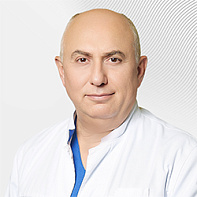
Elias Raid
Head of the EMC Ophthalmology Clinic, Ph.D. of Medical Sciences
-

Dmitriy Arzhukhanov
Ph.D. of Medical Sciences
-
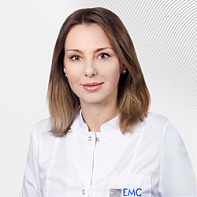
Alfiya Bedredinova
Doctor of the highest category
-
.jpg)
Natalya Shilova
Ph.D. of Medical Sciences
-

Anna Semitko
-
.jpg)
Sergey Ignatiev
Ph.D. of Medical Sciences
-
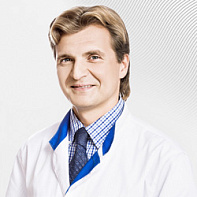
Vitaliy Ivanov
-
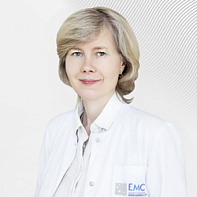
Natalia Boscha
-

Oksana Levkina
Doctor of the highest category, Ph.D. of Medical Sciences
-
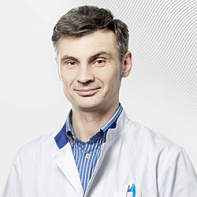
Viktor Makarov
Doctor of the highest category, Ph.D. of Medical Sciences
-

Elmira Sultanova
Doctor of the highest category, Ph.D. of Medical Sciences
-
Elias Raid
Head of the EMC Ophthalmology Clinic, Ph.D. of Medical Sciences
- Performs vision correction surgery
- He graduated from the MNTC "Eye Microsurgery" named after S.N.Fedorov. He has interned in various foreign clinics
- He worked in foreign clinics: Moorfields Eye Hospital,Heidelberg University Hospital,Centre Hospitalier Universitaire de Bordeaux
Total experience
34 years
Experience in EMC
since 1996
